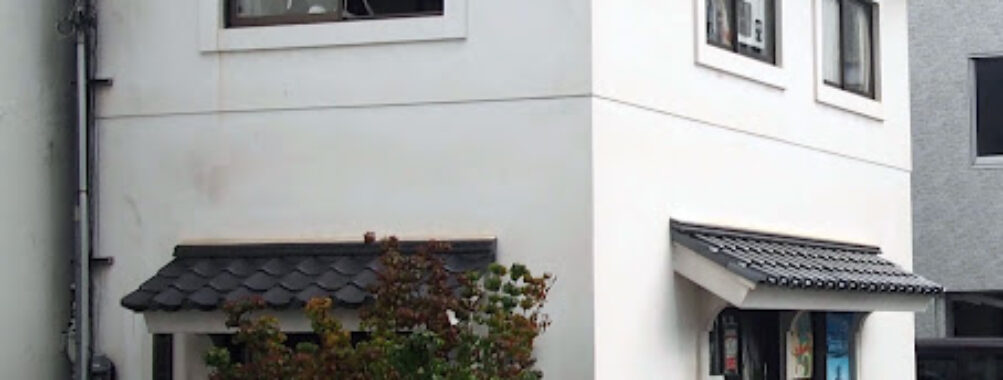
Nakamachi Shopping Street Promotion Association
Table of Contents
Description
The Nakamachi Shopping Street Promotion Association represents one of the most recognized cultural attractions in Matsumoto, Nagano Prefecture, Japan. This historic district is known as the kura town, with its rows of traditional storehouses that date back to the Edo period. These white-walled, black-windowed kura buildings were once used as merchant warehouses and today they house specialty shops, cafes, craft boutiques, and small museums. The result is a shopping street that feels both deeply rooted in history and refreshingly modern. Travelers often remark on the harmony between the preserved architecture and the lively businesses flourishing inside.
Visitors can expect a fascinating blend of old town charm and contemporary experiences. Some come looking for local sake breweries and home-style restaurants, while others wander through craft shops to find Japanese folk art and handmade goods. And for those seeking relaxation, the cozy cafes scattered along Nakamachi Street offer a good place to pause, watch the flow of people, and enjoy the slower pace that seems to define this part of the city.
What seems to stand out most is the sense of authenticity. While the area has become a popular attraction with both domestic and international visitors, it still retains the feel of a castle town street where merchants conducted their trade hundreds of years ago. And honestly, walking along the cobbled street beneath the kura facades feels like stepping back through layers of time. Sure, you’ll run into a few modern touches that not everyone finds perfectly seamless, but that’s part of its charm — it’s a living district, not a staged museum display.
Key Features
- Historic Edo-period kura buildings with distinctive black-and-white plaster walls
- A wide range of cafes, restaurants, and sweet shops serving traditional Japanese food and regional specialties
- Craft shops selling ceramics, folk art, textiles, and locally made souvenirs
- Nakamachi Kurassic-kan, a preserved warehouse built over a century ago now used for exhibitions and community events
- Accessibility features including wheelchair accessible parking and gender-neutral restrooms
- Paid parking available nearby for those traveling by car
- Cultural atmosphere tied closely with the history of Matsumoto Castle town
- Walking distance to other attractions such as Nawate Street and local museums
Best Time to Visit
The truth is, Nakamachi Shopping Street has different appeals depending on the season. Spring is a delight when cherry blossoms bloom around the wider Matsumoto area, making the street stroll especially picturesque. Summer tends to bring lively festivals to Nagano Prefecture, so visiting then often means vendors spilling out onto the street. If you’re like me and prefer a calmer atmosphere, autumn offers crisp air, beautiful mountain views around the city, and a slower pace. Winter gives the kura buildings a serene, postcard-like look, especially after light snowfalls. It’s never exactly quiet, but if you want fewer crowds, hitting the street early in the day or on weekdays helps a lot.
How to Get There
Reaching Nakamachi Shopping Street is fairly straightforward. From Matsumoto Station, it’s just about a 10-minute walk through the downtown area. Signs will guide travelers in the direction of Matsumoto Castle, and Nakamachi lies along the way. By foot is the most popular option, partly because it gives you a chance to soak up the feel of the city center. Those who prefer to drive should know that while parking is available, it is typically in paid lots. If you’re exploring Nagano Prefecture by train, Matsumoto City is on the limited express line from both Tokyo and Nagoya, so even a day trip feels practical. And if you do have some time, pair your walk through Nakamachi with Nawate Street nearby — they complement each other in mood, one rooted in kura-era history, the other playful with frog-themed shops.
Tips for Visiting
Walking the length of Nakamachi Shopping Street doesn’t take all day, but to really appreciate it you’ll want to slow down. Don’t rush between shops — instead, step into one or two, chat with the owners if you can, and pick up a piece of handmade pottery or a textile. It’s the little interactions that bring the area alive.
Another tip from experience: if you’re a foodie traveler, plan your walk around lunchtime so you can linger over a local soba dish or share a plate of matsumoto-style delicacies. Some of the older restaurants can be tiny and fill up quickly, but the wait is generally worthwhile. On a hot summer day, dipping into a small café for shaved ice or iced matcha feels especially refreshing.
Accessibility-wise, the street does well considering its age, with several spots providing wheelchair access. That said, the stone paving can feel a bit uneven underfoot, so wearing comfortable shoes is a must. And one last thought — many shops close a bit earlier than you’d expect, often around 5 or 6 PM. So if you were dreaming of an evening wander, you may find shutters down. That’s why combining it with a daytime Matsumoto Castle visit is a strong bet.
Ultimately, the Nakamachi Shopping Street Promotion Association plays a vital role in keeping the district relevant while protecting its proud heritage. It’s not polished to perfection, but that’s the beauty of it. For travelers hoping to capture both the history and daily life of Matsumoto, spending a few hours here is about as rewarding as it gets.
Location
Places to Stay Near Nakamachi Shopping Street Promotion Association
Find and Book a Tour
Explore More Travel Guides
No reviews found! Be the first to review!